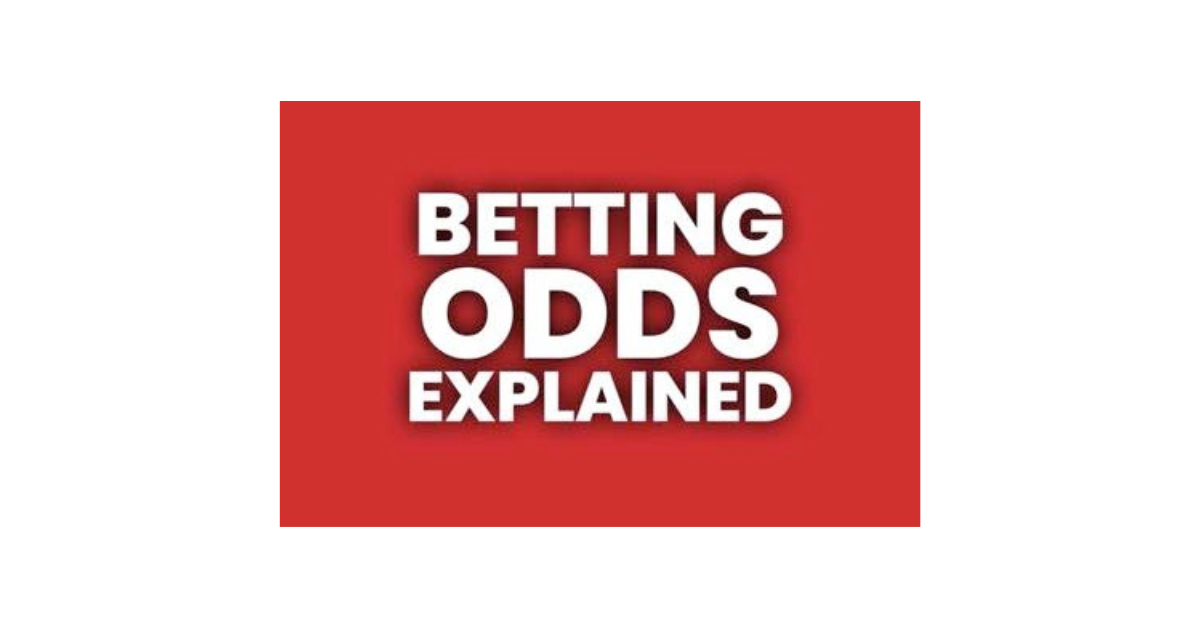Understanding Odds Formats
Odds formats are numerical representations used in betting to indicate the likelihood of a particular outcome. Understanding these formats is crucial for making informed betting decisions. Three common formats used are decimal odds, fractional odds, and American odds. Decimal odds are displayed as a simple number, indicating the potential return including the stake. Fractional odds showcase the potential profit relative to the stake, with the first number indicating the profit and the second number the stake. American odds, also known as moneyline odds, are presented with either a plus or minus sign, denoting underdogs and favorites respectively.
Decimal Odds Explained
Decimal odds, also known as European odds, are a popular format used by many bookmakers worldwide. These odds represent the potential return on each unit stake, including the initial investment. For example, if you see decimal odds of 2.00, it means that for every 1 unit you stake, you will receive 2 units back if your bet is successful. The total return in this case would be 3 units (your initial stake plus the profit).
One of the advantages of decimal odds is their simplicity. They are very straightforward to understand and calculate potential winnings. To calculate the potential profit from decimal odds, you simply multiply your stake by the odds. For example, if you bet 10 units at odds of 2.50, your potential profit would be 10 x 2.50 = 25 units. This total includes the initial stake, so your actual profit would be 15 units. Decimal odds are commonly used in Europe and Australia, offering an easy way for bettors to quickly assess the potential return on their bets.
Fractional Odds Explained
Fractional odds are a traditional way of representing the likelihood of an event happening. These odds are typically displayed as a fraction, with the first number representing the potential profit, and the second number representing the amount bet. For example, if the odds are 3/1, it means that for every $1 bet, you would win $3 if the event occurs.
Understanding fractional odds can be straightforward once you grasp the concept. For instance, odds of 5/2 would imply that if you bet $2, you would make a profit of $5. In contrast, odds of 1/4 would mean that for every $4 staked, you would only profit $1. Fractional odds are widely used in the United Kingdom, and many punters prefer them due to their simple and intuitive nature.
American Odds Explained
American odds are commonly used in the United States and are sometimes referred to as moneyline odds. This format displays odds using either a positive or negative number. Positive numbers indicate the potential profit that can be made from a $100 bet, while negative numbers represent the amount you need to bet to win $100. For example, if you see odds of +300, you stand to make a $300 profit from a $100 bet. On the other hand, if you encounter odds of -150, you would need to bet $150 to win $100.
One unique feature of American odds is that they indicate the favorite and underdog in a sports match. When odds are preceded by a positive sign, it denotes the underdog, while a negative sign signifies the favorite. This distinction helps bettors quickly identify which team is expected to win and which one is considered less likely to emerge victorious. Understanding American odds is essential for sports bettors looking to analyze the betting lines and make informed decisions when placing their wagers.
Calculating Probability from Odds
To calculate the probability from odds in betting, it’s essential to grasp the underlying principles. Odds represent the likelihood of an event happening, expressed as a ratio or a fraction. For instance, if the odds are 2:1, this means that the probability of the event occurring is one out of three times. To convert odds to probability, you can use the formula: Probability = 1 / (odds + 1).
Understanding this conversion is crucial for anyone involved in sports betting or gambling. By knowing the probability of an event occurring based on the odds provided, bettors can make more informed decisions when placing their wagers. This calculation helps in assessing the potential risk and reward of a bet, allowing individuals to make strategic choices when it comes to betting on different outcomes.















